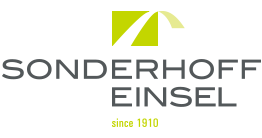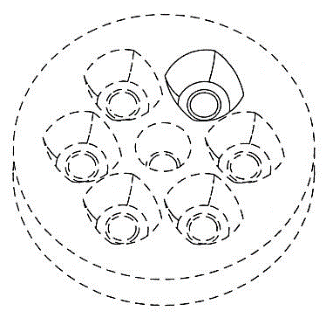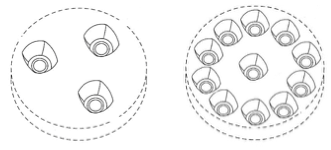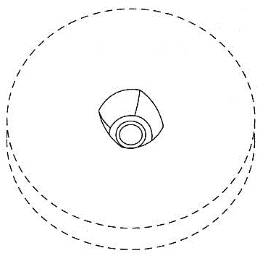< JP Design No. 1412330 >
Doing so, the JP Design No. 1390415 will be considered as the principal design while the JP Design No. 1412330 will be considered as the related design. The JPO will consider these designs “similar” and will therefore accept a so-called “principal-related design” registration.
This kind of registration allows us to state that, in this case, that the number of holes has no influence on the scope of the design right. If only the design no. 1390415 were registered, it would be uncertain whether or not the design with three holes or the like are similar to design no. 1390415. However, by using the “principal-related-design-system” the owner will be able to stop a third party from using designs with similar lamps, regardless of the number of the holes.
How can we apply for related designs?
When filing the applications, one of the applications has to be selected as the principal design while one or more other applications have to be selected as the related design.
If the examiner considers pending applications to be similar, he will issue an office action and invite the applicant to use the “principal-related-design-system”. If this happens, it is possible to select one of the applications as the principal design and the other(s) as the related design(s).
When can we use the related design system?
To use the related design system, you need to file all similar designs at the same time. Also, it is possible to use the related design system if you file a similar design at any time before the design bulletin for the prior similar design application is published.
Note:
If the prior design claims postponement of the publication of bulletin; i.e., a “secret design”, the above mentioned design bulletin would not be considered a substantive bulletin which is published after the secret term is expired, but is a formality bulletin which is published without pictures/ drawings soon after the registration.
Are there any disadvantages of related designs?
Under the related design system, the related design has its own scope of protection similar to the principal design. Therefore, in comparison to a “normal” design right, a related design has no disadvantages concerning its scope of protection.
However, related designs have a few of the following disadvantages:
- Related design(s) can be assigned only together with a principal design. Thus, the owner has to assign the principal design and the related design(s) at the same time.
- It is not possible to grant separate licenses to the principal design and the related design(s). Thus, when the owner wishes to grant a license for a principal design, he will need to grant a license for related design(s) as well.
- The related designs right expires 20 years after the date of registration of the “principal design”.



